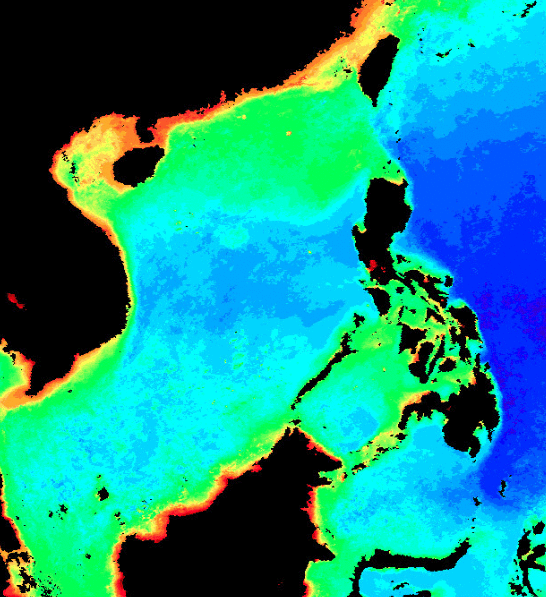RESEARCH INTERESTS
My research is motivated by a desire to understand the interaction between biology and the environmental conditions through the course of Earth history, to identify the biogeochemical processes and feedbacks that stabilizes the Earth system, and to approach quantitative assessment for the biological responses to, and in the mean time, its influences on the environmental and climatic changes in the present and future. Since the discovery of fossils, these questions have been approached by linking biological events with recorded climatic changes. Advances in the analytical and modeling techniques in recent decades offer new ways to seek quantitative and predictive understanding of the Earth’s system. In particular, new disciplines are emerging to study the fluxes and cycles of biologically important elements, which are controlled and mediated by both environmental and biological processes but to a different degree and sensitivity.
I structure my research on the ground of development and quantitative understanding of new proxies to track the fluxes and cycles of biologically important elements. To identify the controlling factors on these elements, multiple proxies are combined to isolate biogeochemical processes that are naturally intertwined. The spatial and sequential changes in these proxies are incorporated into numerical models to test scientific hypotheses and the sensitivities of these environmental and biological processes. Finally, these results will hopefully help to constrain predictions for future climatic changes.
MY LATEST RESEARCH


In a coral core from Dongsha Atoll, a remote coral reef ecosystem, we observe a decline in the 15N/14N of coral skeleton-bound organic matter, signaling increased deposition of anthropogenic atmospheric N on the open ocean and its incorporation into plankton and in turn the atoll corals. (Photo: Patchy reef in Dongsha)
The shallow continental shelves around continent margins are one of the most productive environments in the ocean (Photo: Chlorophyll concentrations (representing plankton) flowing through the SCS over a period of 12 months). What happens to ocean biology during the ice ages when this shallow ocean environment is almost completely lost due to lower sea level?
